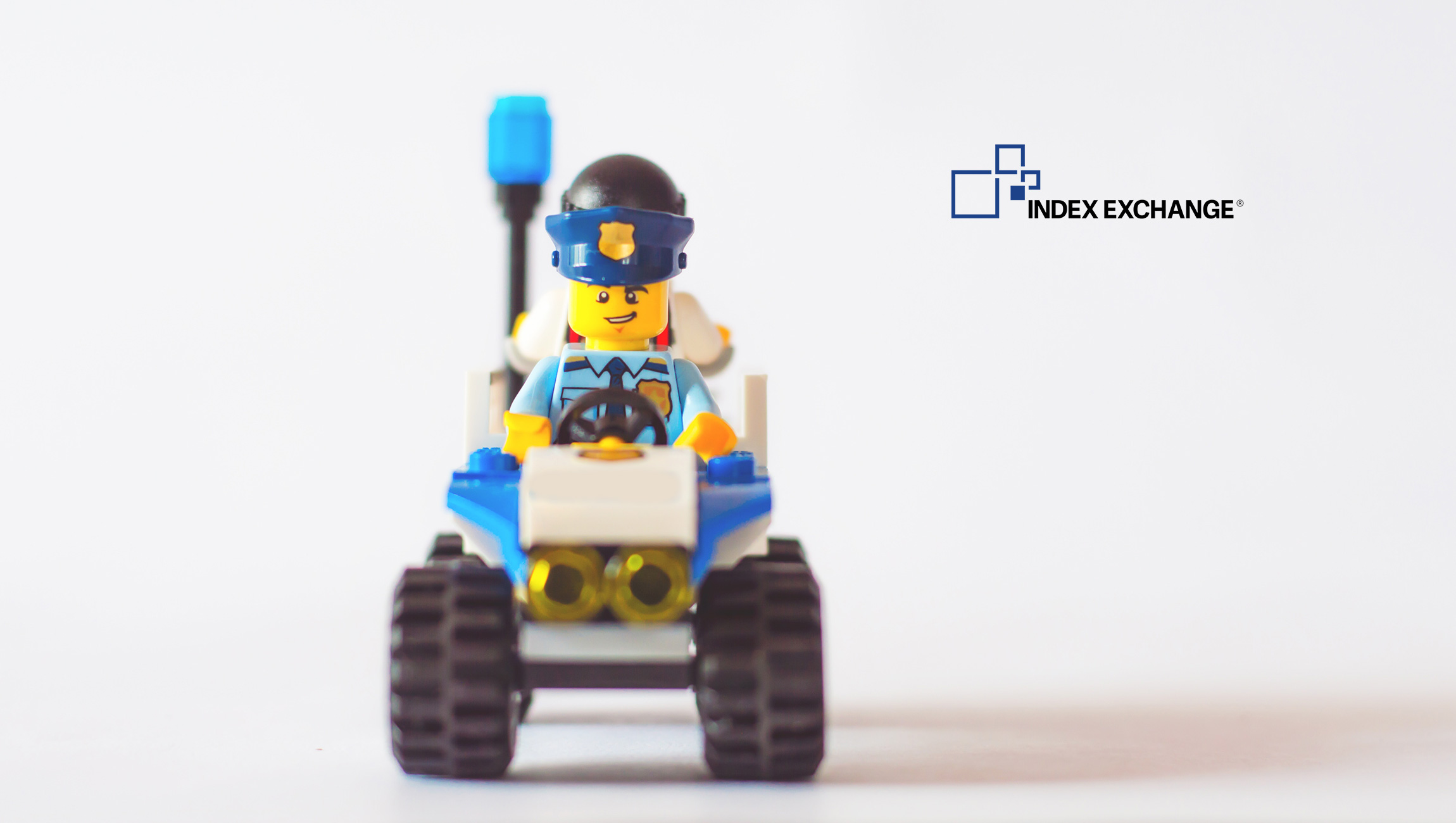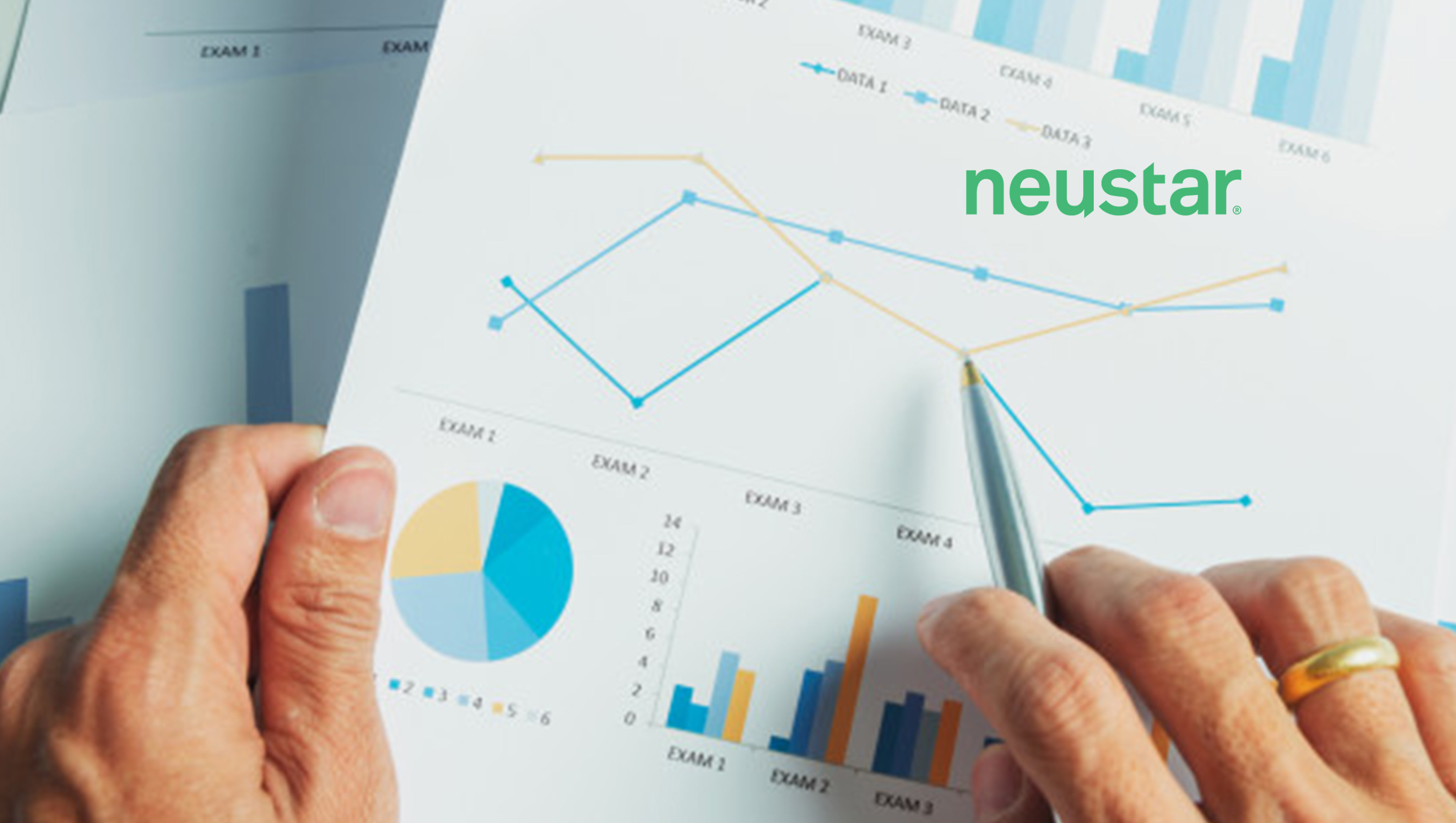Mobile is the ideal catalyst for audio consumption affording the average adult over 50 minutes of listening time via mobile apps each day. Portability and the on-demand characteristics of this medium have shifted consumer attention, positioning audio ahead of social networking, mobile videos, gaming or messaging, according to eMarketer’s 2018 Mobile Time Spent Report.
What’s more, 25% of all consumer time spent on mobile devices is now going to music, podcasts and other audio.
With consumers tuning into audio entertainment on their mobile devices, brands that follow suit and incorporate digital audio into their marketing mix will have an edge when it comes to reaching these engaged audiences with a highly personalized approach. It’s no wonder the latest figures from IAB show digital audio advertising revenue for the first half of 2018 reaching $935 million, putting it on track to exceed the 2017 annual total of $1.8 billion in revenue.
Major tech companies and investors are taking note. Amazon, leading the way with its voice activated assistant Alexa, has been collaborating with brands aiming to make a seamless path to purchase using audio and voice.
For example, Virgin Trains launched an Alexa skill in 2018 enabling listeners to book their train tickets through Amazon Alexa enabled devices, and with over 100 million devices sold with Alexa pre-installed, that’s a sizeable audience.
With brands increasingly looking to find creative ways to reach consumers across a growing number of channels and devices, with more targeted and personalized messages, digital audio is poised to be an advertiser’s MVP – but it requires some navigating in order to succeed.
Read More: Why Tone is Everything in Marketing!
Connect with the Locals
While the opportunity to reach millions is enticing for big branding dollars, programmatic audio gives advertisers access to targeted and location-based audiences. For businesses that depend on hyper-targeting strategies to reach the audiences that matter most to them, terrestrial radio has always been a preferred advertising channel. Digital audio is an extension of that tried-and-true campaign strategy.
Whether it’s a local automotive dealership looking to drive foot traffic, or a chain of local retail stores aiming to boost holiday sales, radio ads provide advertisers a way to effectively reach their target market. As consumer behavior shifts, regional advertisers can leverage digital audio as a way to geo-target audiences in a way that’s familiar.
Programmatic audio has potential to not just round out advertisers’ larger omnichannel campaign efforts, but bring needed innovation to a brand’s local and regional advertising efforts.
Is it Working?
In addition to targeting, measurement tools are also getting more sophisticated. Geofencing capabilities enable marketers to determine the impact of their programmatic audio campaigns by analyzing how exposure to an audio ad results in in-store sales. With cross-device measurement capabilities, marketers can gain insight into the effectiveness of an ad campaign across multiple channels and devices.
A local auto dealer, for example, can determine whether a targeted digital banner ad, traditional television commercial or geotargeted digital audio ad had the highest impact in driving an online or offline action such as finding a local dealer or visiting the physical lot.
Read More: Customer Experience 2020: Personalization is Key
User Behavior Informing Marketing Strategy
As measurement capabilities increase, so too will retargeting elements of digital audio campaigns – especially in conjunction with first party data. Data on a consumer’s brand preferences, shopping habits and device usage gives marketers the opportunity to accurately retarget a person via a playlist or podcast — stemming from an engagement on their connected TV, desktop or mobile device.
Snickers Hunger Spotter campaign for example used Spotify’s streaming intelligence and machine learning capabilities to target listeners with audio ads disguised as actual songs when they listened to music out of character for them. The “you’re not you when you’re hungry” message reached users at key moments during their music streaming experience, even driving people to a Snicker branded playlist “The Hunger Hits.” The quirky campaign caught users’ attention in a humorous and not intrusive way.
For marketers, digital audio is emerging from its infancy, but the potential for brands to deliver personalized messages that resonate is there. What a consumer listens to says a lot about their tastes and preferences.
With its ability to enable advertisers to reach consumers in a fresh and engaging way, in a brand-safe and fraud-free environment, programmatic audio is poised to transform brand marketing campaigns, providing advertisers with an effective medium to incorporate into their omnichannel marketing mix. As brands invest in data-driven technology and quality creative, consumers will also benefit from more interesting and relevant ad experiences.
Read More: The Three Promises Every Marketer Must Make











